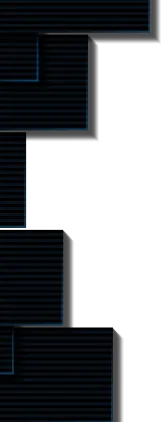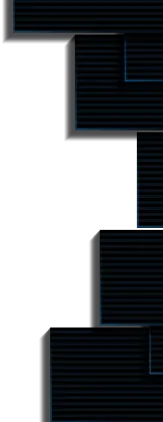Down the Rabbit Hole: Rarible - Enhancing NFT liquidity
Author: Rubin

When it comes to NFT marketplaces, we have different platforms that cater to various segments of consumers and projects/companies alike. In this edition of Down the Rabbit Hole, we cover a significant NFT marketplace - Rarible, which is heavily focused on individual creators, artists, and NFT enthusiasts.
NFT Era: Collaborate or Compete?
Some of the significant marketplaces don't allow the listing or NFT auctions on other platforms. Here's where Rarible takes an unfair advantage with its OpenSea integration. Users can see and manage the NFT collection on OpenSea even after creating it on Rarible. Furthermore, they expand the use-case of its native token $RARI by allowing users to list items on OpenSea in exchange for it.
$RARI functions as a native governance token that is used to reward active users on the platform. Additionally, it also allows users to vote and propose ideas to decide and drive the marketplace. $RARI since its genesis has made an all-time high of $46.55 giving ROI of 4188.05% from its launch.

Rarible, since its inception, has grown a lot. With a consistent increase in users, it currently has 56,334 users (as of 30th August '21) who have done at least one transaction.

Rarible Marketplace has seen a considerable spike that even took the crown from NFT unicorn OpenSea for total sales volume in mid-September '20, months after the debut. It was 10x more, trading at around $4.2M while OpenSea was capped at $0.4M.

Current stats show a steady increase in sales volume over time, with the latest tracked data of July '21 suggesting $8.84M.

Eliminating the friction of creating NFTs - Meet the Rarible Protocol
So to date, the general idea was to mint NFTs during creation, but that costs gas fees. Now the gas fees on Ethereum is not relatively stable or even low, and it can range from anywhere between 1-10$ usually, which can be too much in some regions for novice artists and creators. (Check out current gas fees from here.) To tackle this friction of getting started, Rarible announced the Rarible Protocol that has lazy minting. It allows creators to store metadata and other NFT related information in the rarible backend. NFTs are later minted (stored on blockchain) when it is sold. As a result, it could open gates for many creators as user experience skyrockets since there is no crypto involved at the start.
Furthermore, it even introduces fee-splitting which can unleash the idea of co-creating an NFT.
Summing Up
Rarible addresses all the issues that creators face while getting started with NFT creation. Thus, it has started to become the go-to NFT marketplace for individual/freelance artists and creators around the globe.





Subscribe to receive Alpha!
Join 4.3k subscribers from renowned companies worldwide and get a weekly update in your inbox. Stay updated on the latest and finest projects and product updates.

